Before my eighth grade year, I knew almost nothing about deaf culture, American Sign Language (ASL) or the deaf community in general; but, after watching the Freeform series “Switched at Birth,” my understanding of the community and ASL drastically increased. I found it interesting how a teen-based show on Netflix had taught me more about ASL and the deaf community than I had ever known before.
While this was a couple years ago, the deaf community has recently received more attention through media like movies and social media platforms. Because of this, we should begin to look at how the increase in representation affects how the community is viewed, along with how the increase can allow for more understanding of the community as a whole.
According to Gallaudet University, about 600 thousand people in the United States are classified as deaf, and over 35 million people in the United States admitted to having some form of hearing problem. Because of this, representation of the community is still an important topic to bring to light.
One popular way to allow for representation is through films and television shows. In the 2019 movie “Sound of Metal,” which was nominated for a 2021 Academy Award, the focus centers around a drummer who loses his hearing. According to CNN, the movie included the use of ASL and dialogue, which allowed for inclusion of the deaf community. Shows such as “Deaf U” and “This Close” also help increase understanding, along with other series and movies seen on television.
Nonetheless, not all shows have a positive representation of the deaf community, and there are multiple problems when it comes to Hollywood’s portrayal of it. For example, using deaf characters as “token characters” to try to increase sales can hurt the deaf community more than help it. Additionally, using hearing actors and actresses to play deaf characters takes away roles from the deaf community and can lead to inaccurate representation.
On the brighter side, platforms such as TikTok and Instagram have increased opportunities for deaf representation. When scrolling through my own feed on TikTok, I’ll occasionally see someone using ASL or talking about the deaf community. Some creators who come to my mind are @loverhezee and @chrissycanthearyou on TikTok. Both of these creators use their unique voices to dive into the misconceptions, history and signing within the deaf community. And although I don’t follow any deaf creators on Instagram, I will occasionally come across a repost that helps spread information about the community. Captioning videos is another significant way to show support for hard of hearing or deaf individuals on any platform.
Of course, I’m not saying television series or TikTok videos are going to magically make representation skyrocket. However, it’s a good chance to reflect on how we support the growth of representation in day-to-day life. For instance, for students interested in signing, the high school offers an ASL course that students can enroll in as juniors. And even smaller acts such as researching more about the deaf community can help increase acknowledgment of the community. With deaf representation on the rise, we should do our part to learn more about ASL, no matter how big or small it may seem to us right now.










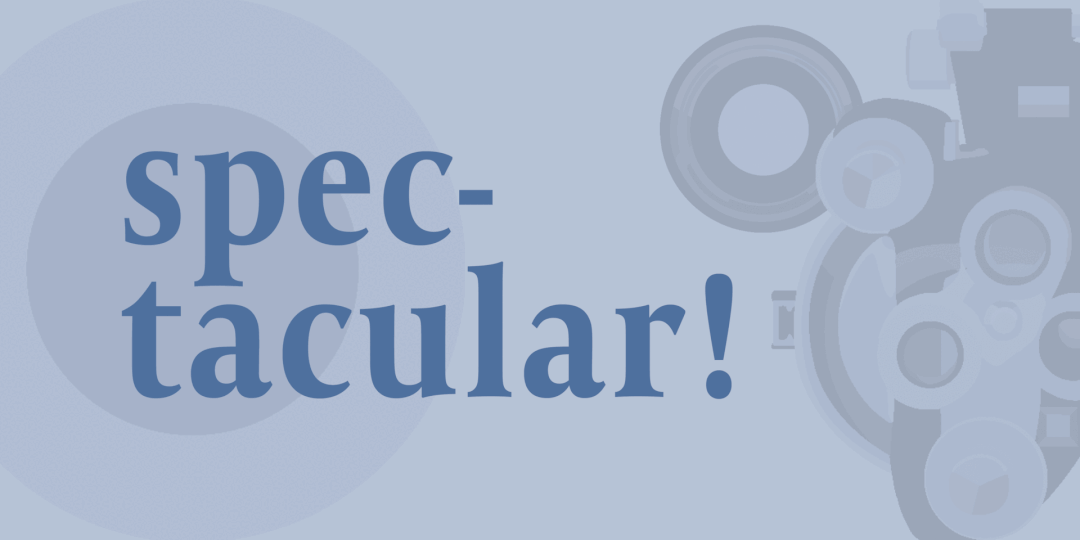


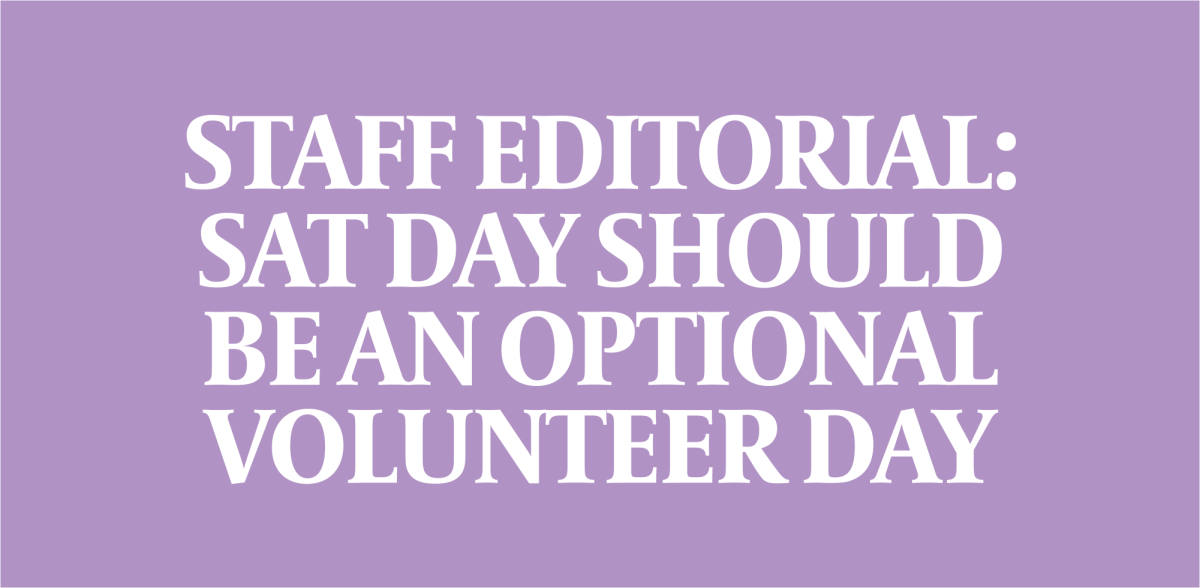


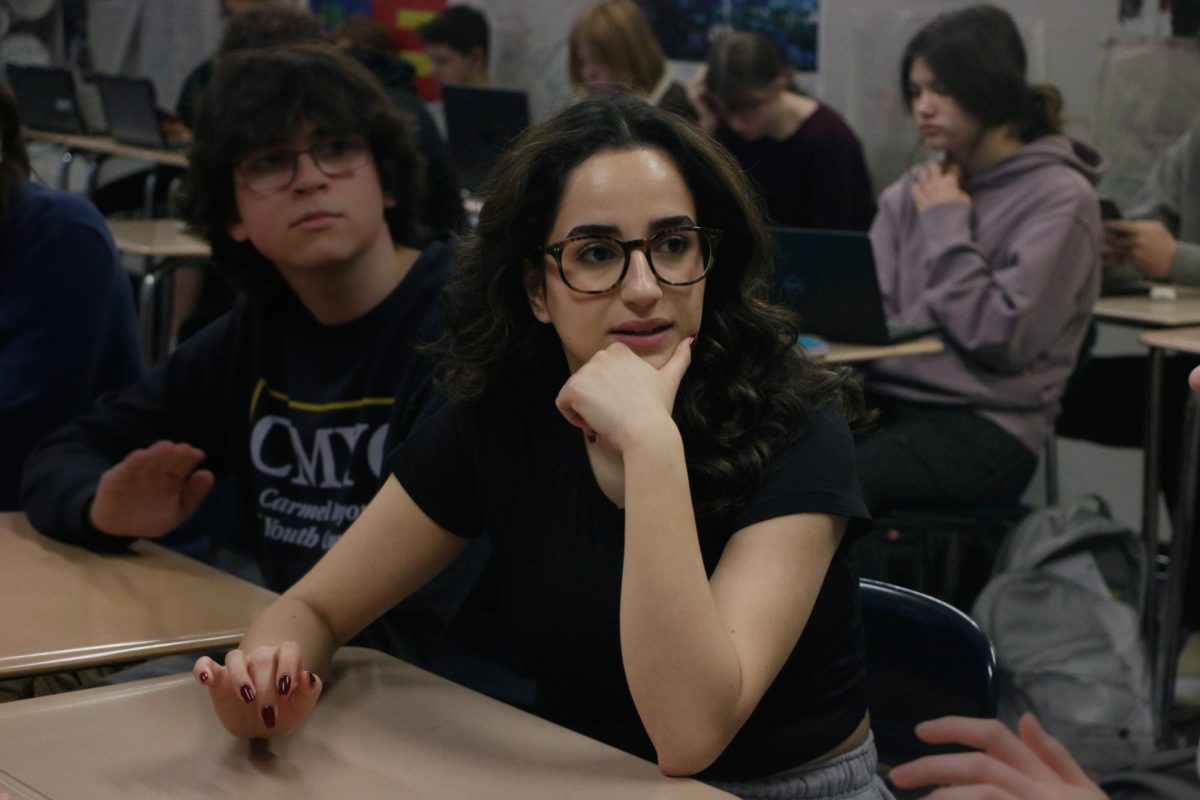
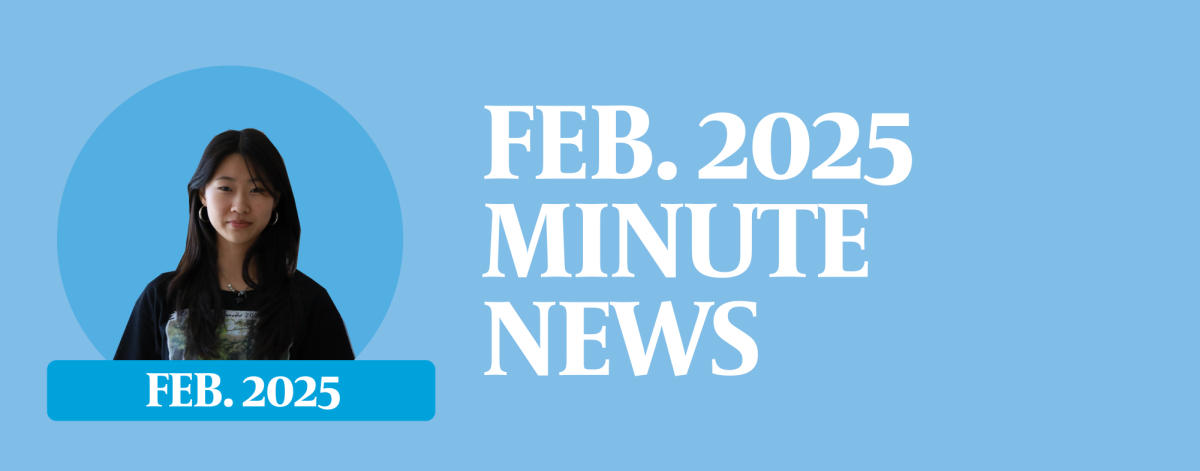
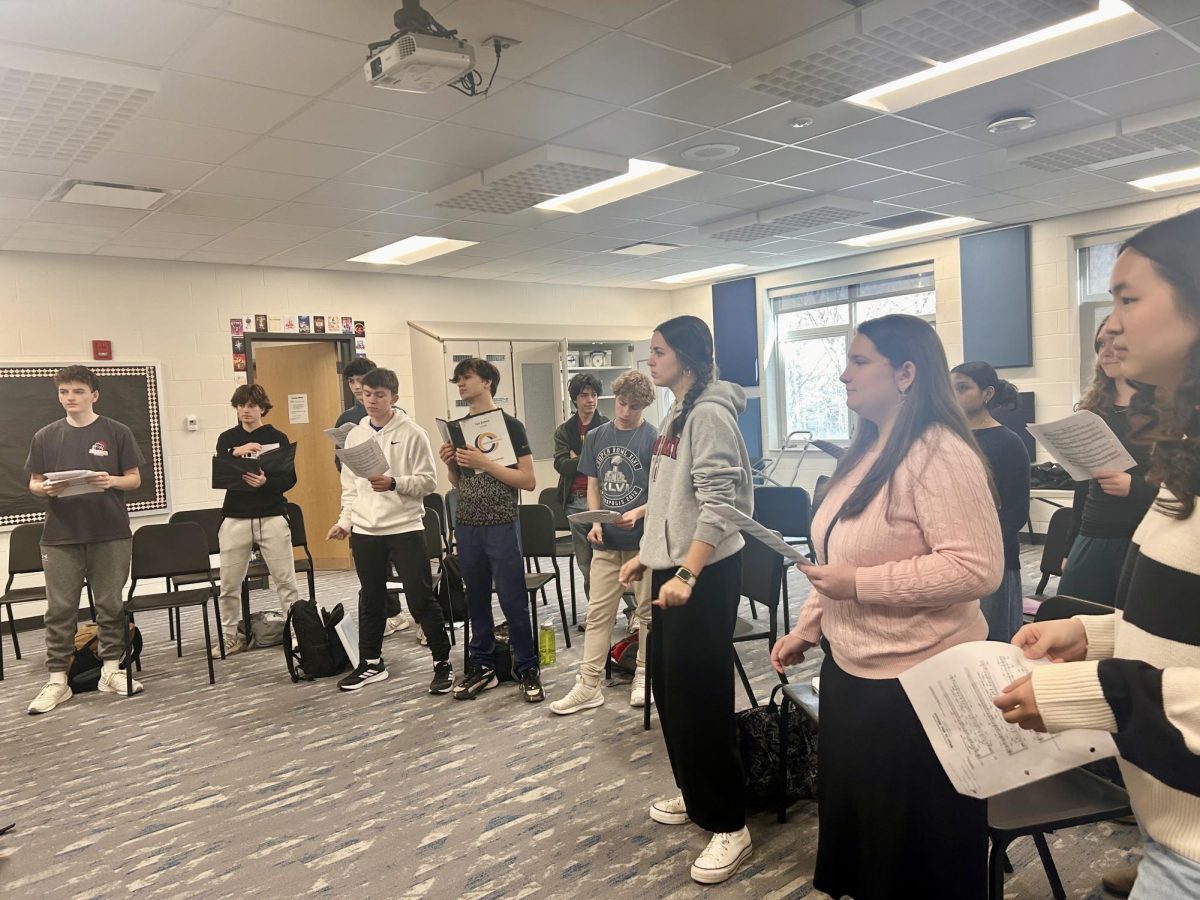

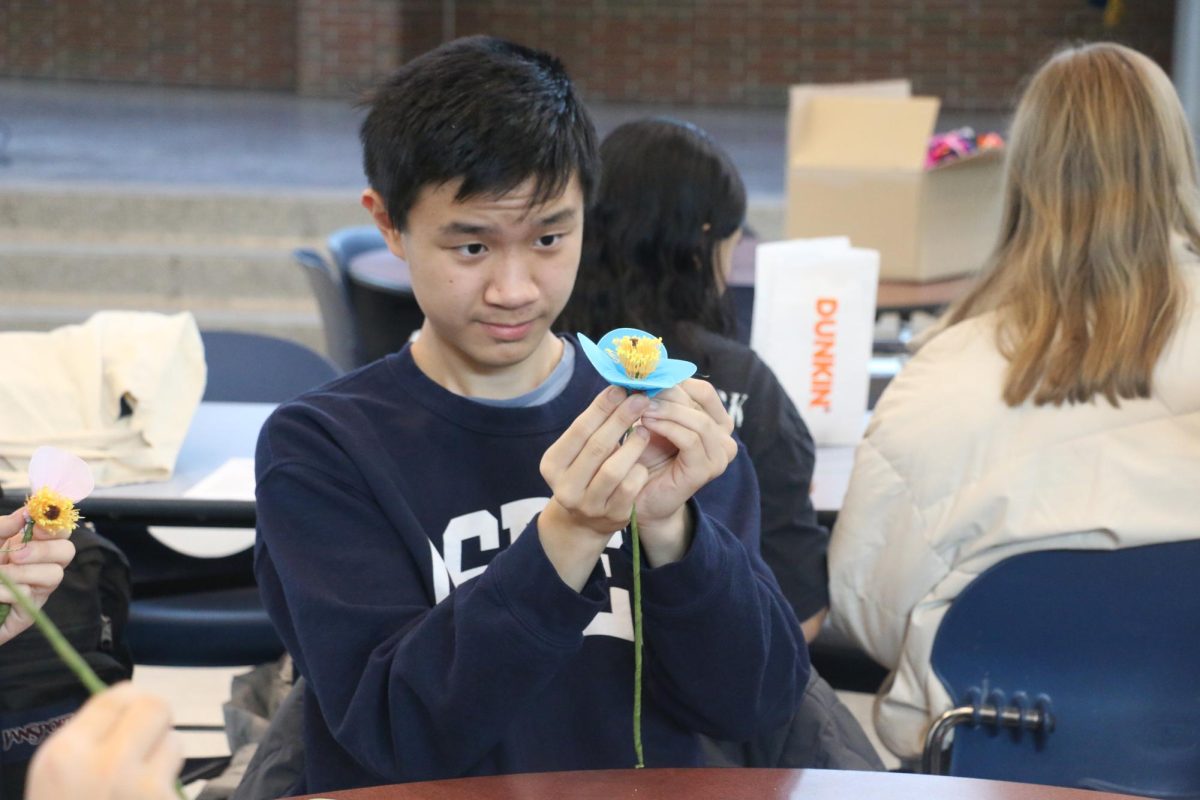

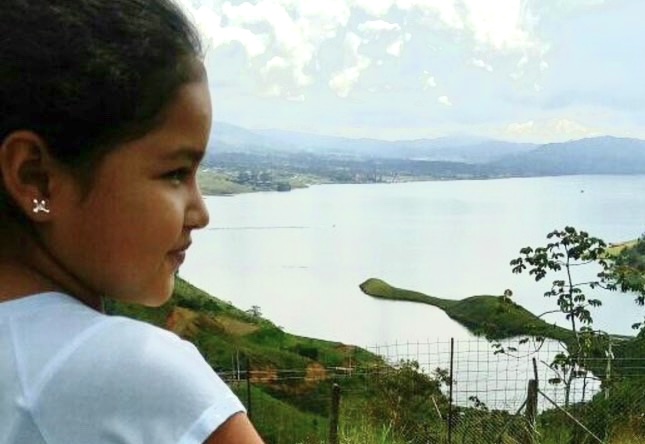
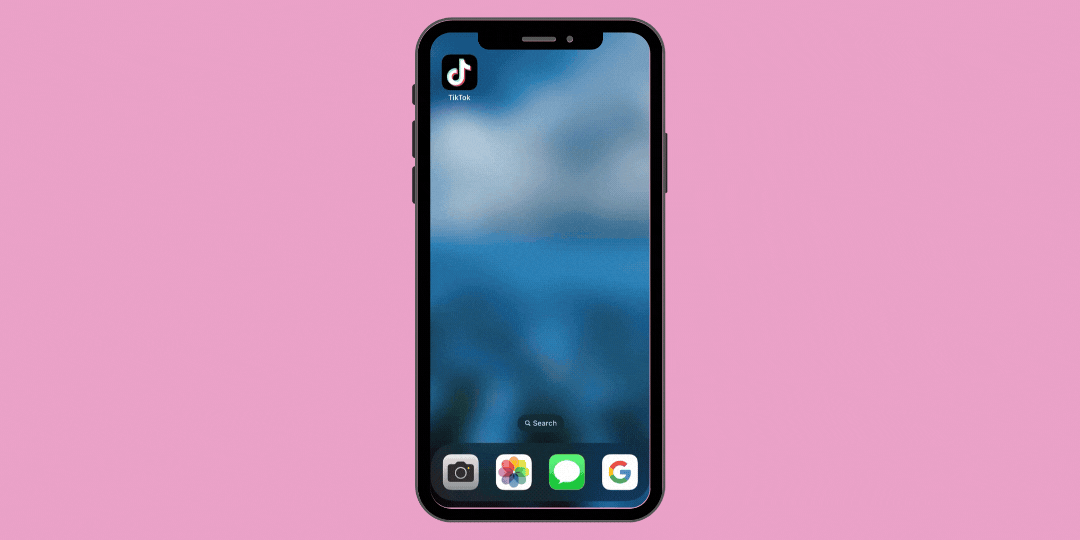
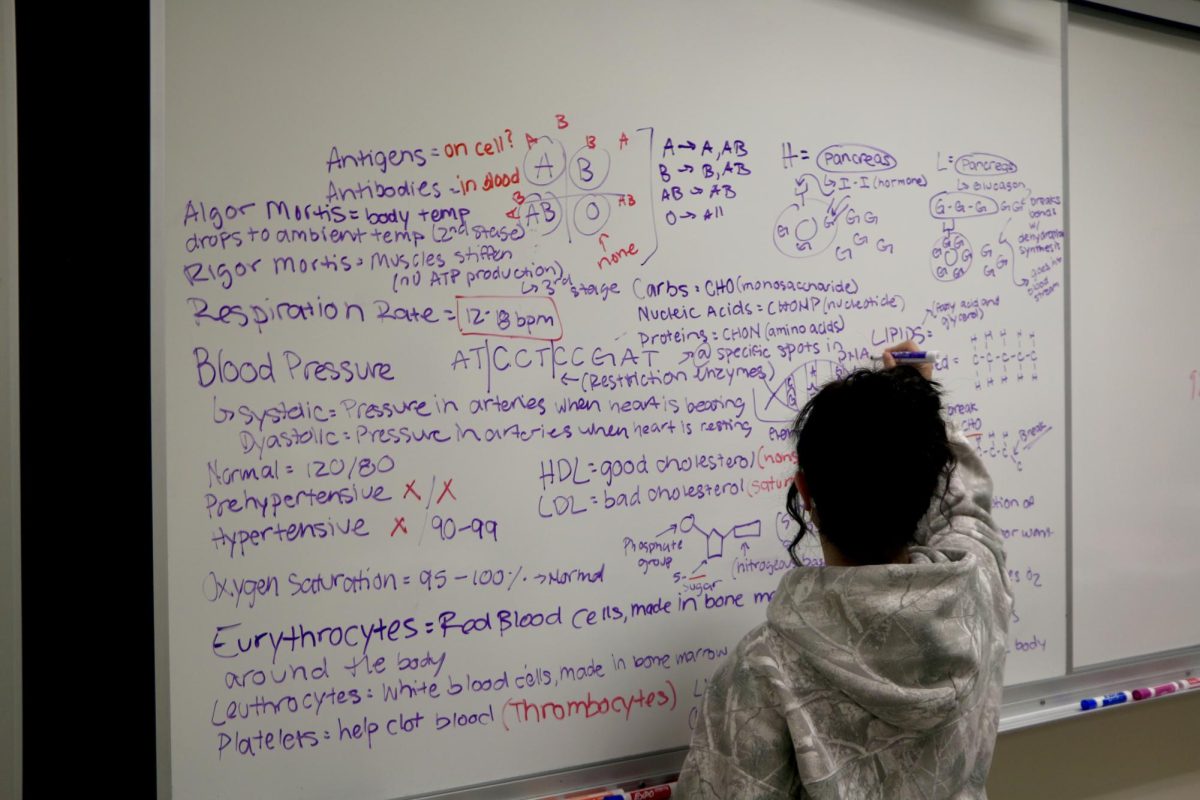
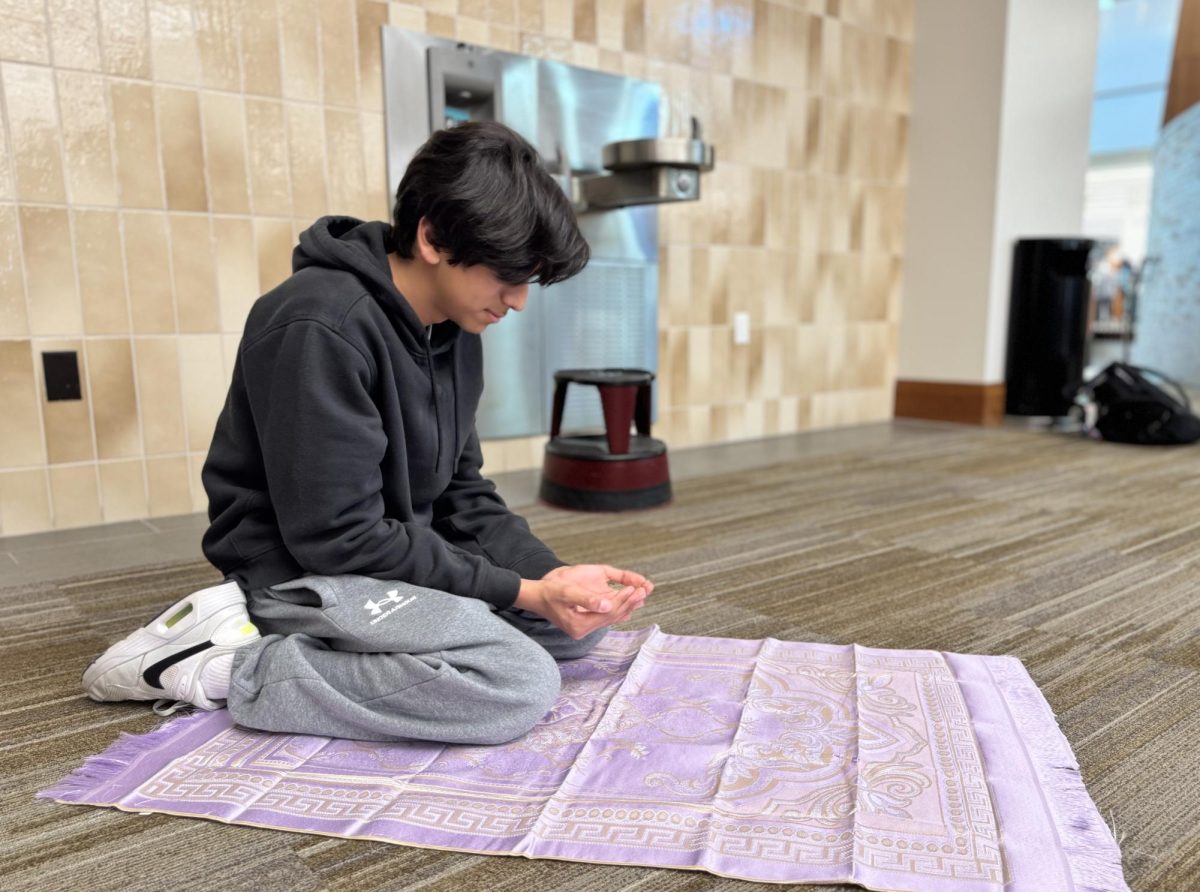

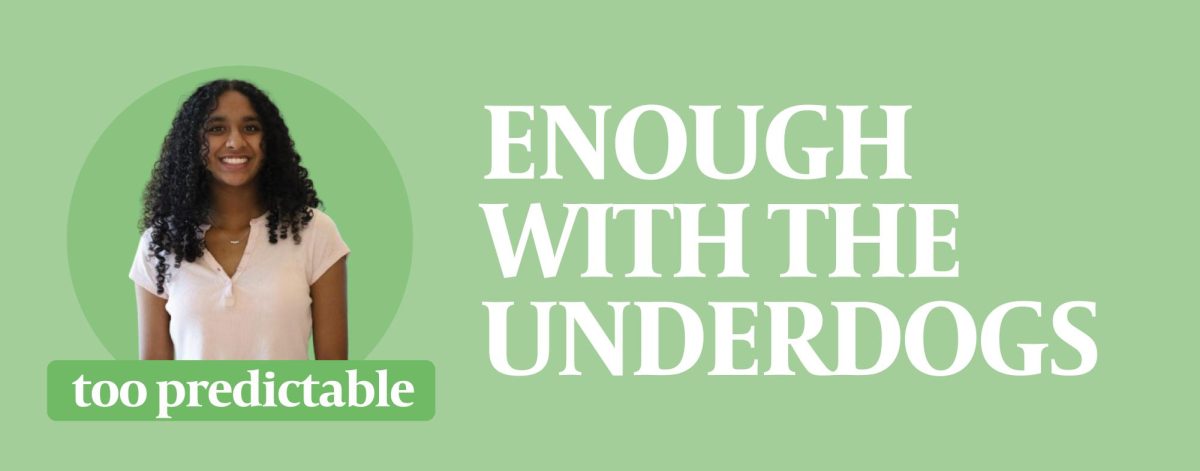
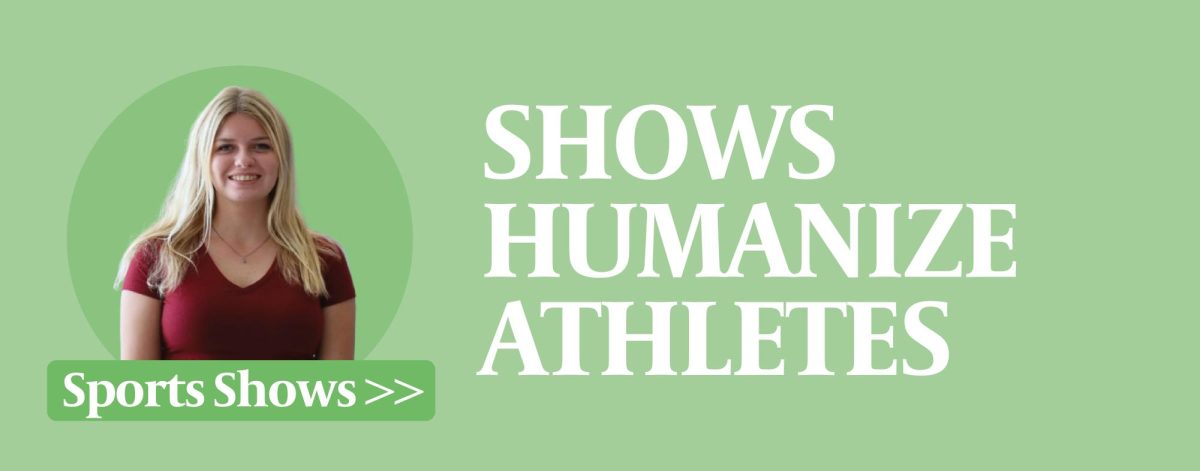
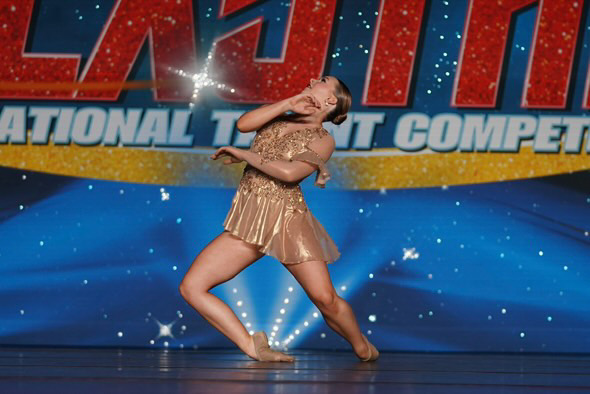

![AI in films like "The Brutalist" is convenient, but shouldn’t take priority [opinion]](https://hilite.org/wp-content/uploads/2025/02/catherine-cover-1200x471.jpg)




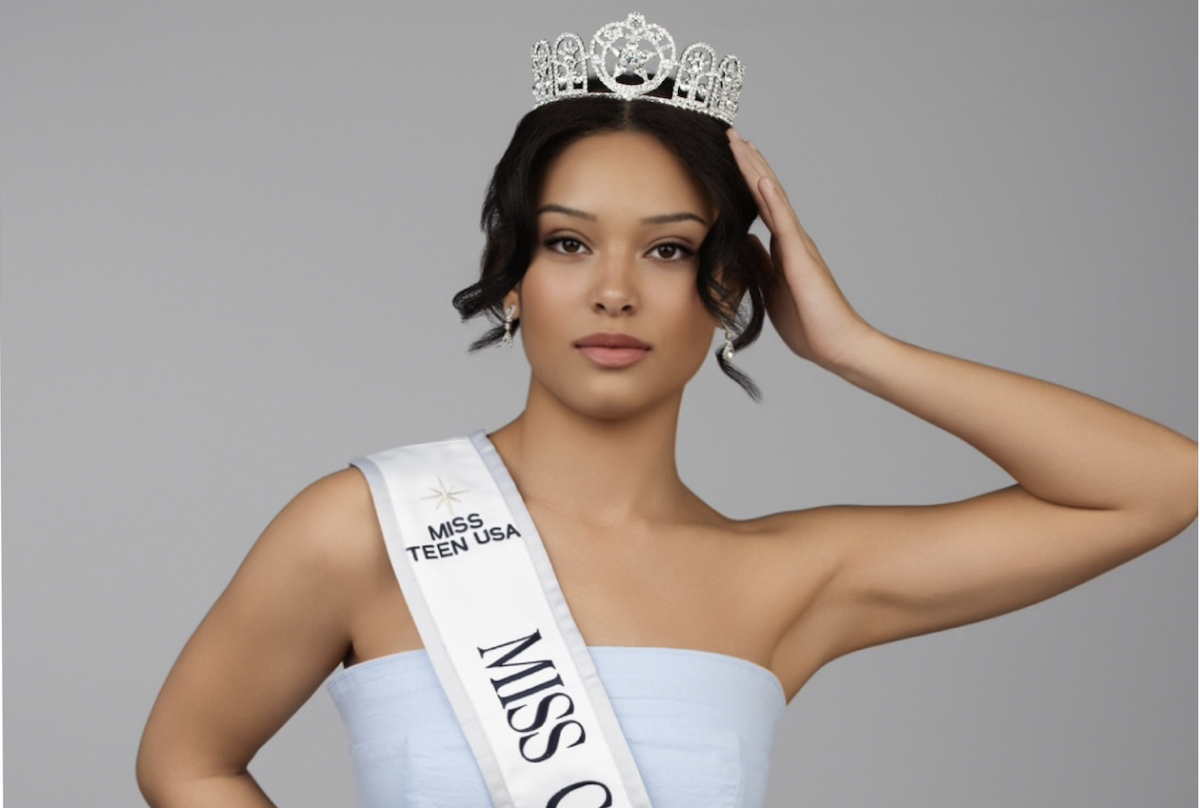
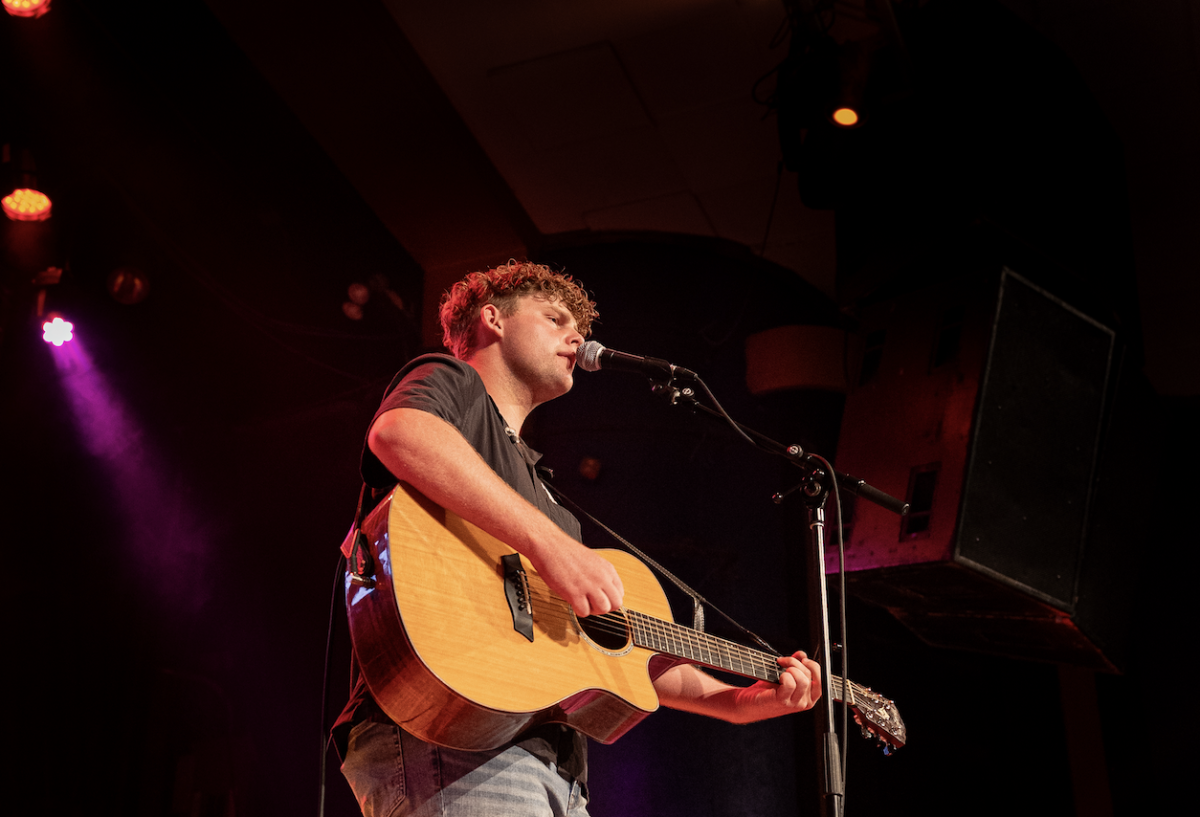








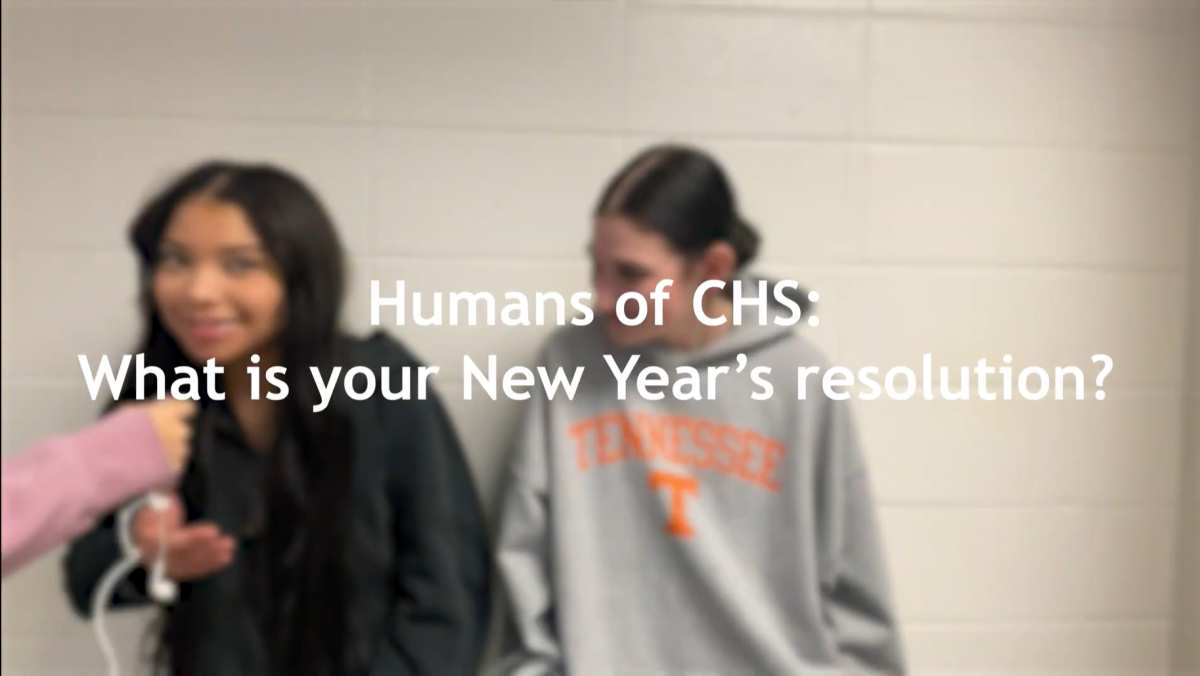




















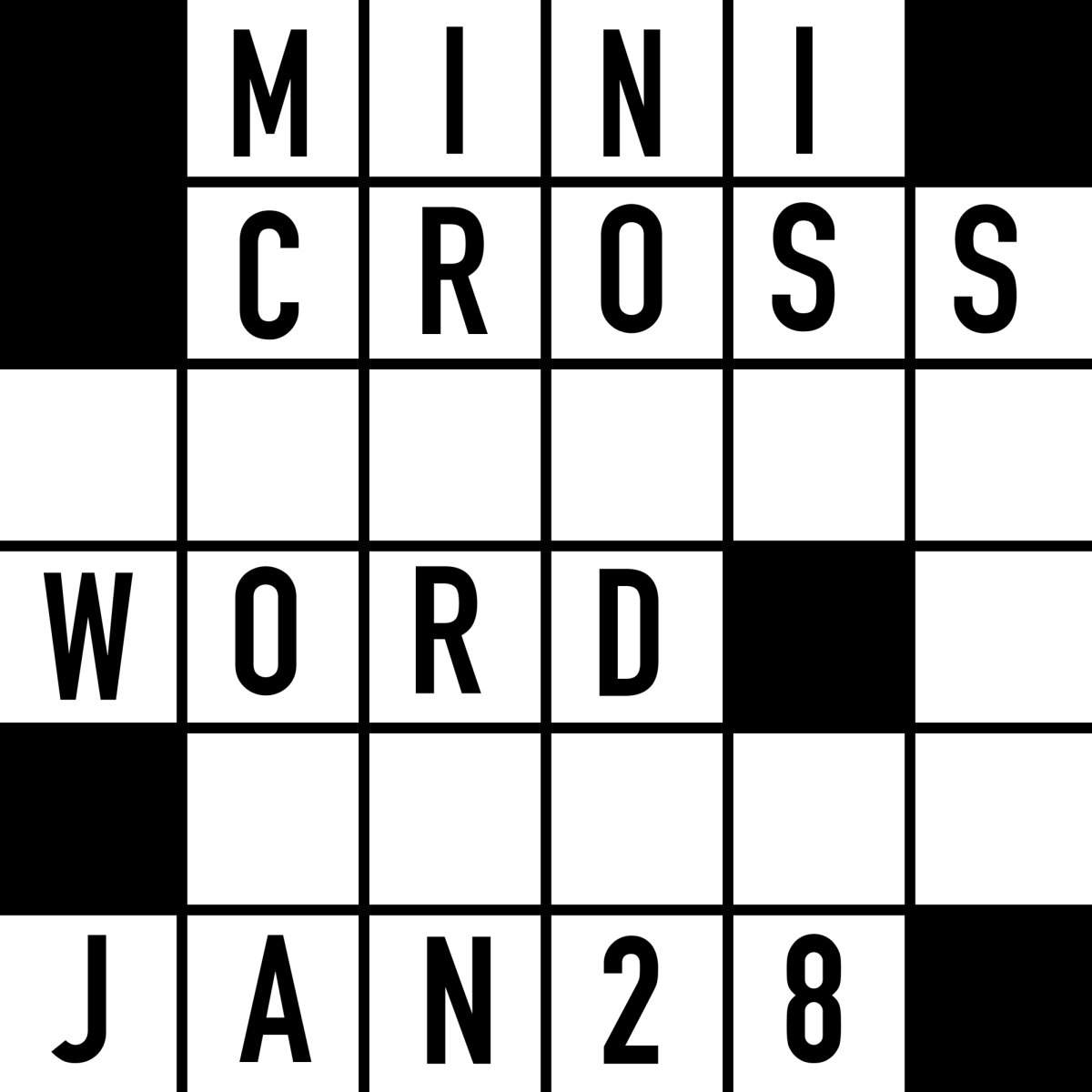









![Review: “The Immortal Soul Salvage Yard:” A criminally underrated poetry collection [MUSE]](https://hilite.org/wp-content/uploads/2025/03/71cju6TvqmL._AC_UF10001000_QL80_.jpg)
![Review: "Dog Man" is Unapologetically Chaotic [MUSE]](https://hilite.org/wp-content/uploads/2025/03/dogman-1200x700.jpg)
![Review: "Ne Zha 2": The WeChat family reunion I didn’t know I needed [MUSE]](https://hilite.org/wp-content/uploads/2025/03/unnamed-4.png)
![Review in Print: Maripaz Villar brings a delightfully unique style to the world of WEBTOON [MUSE]](https://hilite.org/wp-content/uploads/2023/12/maripazcover-1200x960.jpg)
![Review: “The Sword of Kaigen” is a masterpiece [MUSE]](https://hilite.org/wp-content/uploads/2023/11/Screenshot-2023-11-26-201051.png)
![Review: Gateron Oil Kings, great linear switches, okay price [MUSE]](https://hilite.org/wp-content/uploads/2023/11/Screenshot-2023-11-26-200553.png)
![Review: “A Haunting in Venice” is a significant improvement from other Agatha Christie adaptations [MUSE]](https://hilite.org/wp-content/uploads/2023/11/e7ee2938a6d422669771bce6d8088521.jpg)
![Review: A Thanksgiving story from elementary school, still just as interesting [MUSE]](https://hilite.org/wp-content/uploads/2023/11/Screenshot-2023-11-26-195514-987x1200.png)
![Review: "When I Fly Towards You", cute, uplifting youth drama [MUSE]](https://hilite.org/wp-content/uploads/2023/09/When-I-Fly-Towards-You-Chinese-drama.png)
![Postcards from Muse: Hawaii Travel Diary [MUSE]](https://hilite.org/wp-content/uploads/2023/09/My-project-1-1200x1200.jpg)
![Review: "Ladybug & Cat Noir: The Movie," departure from original show [MUSE]](https://hilite.org/wp-content/uploads/2023/09/Ladybug__Cat_Noir_-_The_Movie_poster.jpg)
![Review in Print: "Hidden Love" is the cute, uplifting drama everyone needs [MUSE]](https://hilite.org/wp-content/uploads/2023/09/hiddenlovecover-e1693597208225-1030x1200.png)
![Review in Print: "Heartstopper" is the heartwarming queer romance we all need [MUSE]](https://hilite.org/wp-content/uploads/2023/08/museheartstoppercover-1200x654.png)

